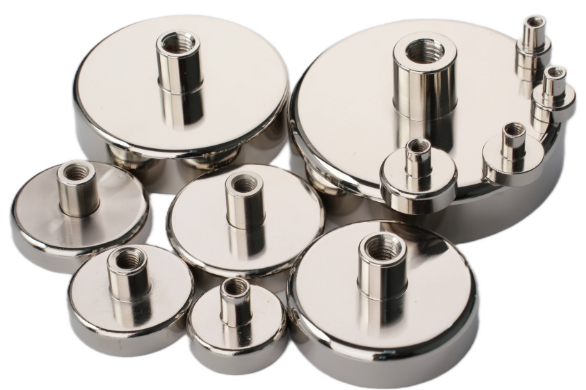Why Is NdFeB Magnet Coated with Parylene?
Parylene is a new type of coating material developed and applied by UnionCarbide Co. of the United States in the mid-1960s. It is a polymer of p-xylene. According to the different molecular structures, Parylene can be divided into N-type, C-type, D-type, F-type, HT-type, and other types. Then why is NdFeB Magnet coated with Parylene? In this article, we will try to answer the above question.
 Why Is NdFeB Magnet Coated with Parylene?
Why Is NdFeB Magnet Coated with Parylene?
Parylene is a kind of protective polymer material. It can be vapor-deposited in a vacuum environment, and the good penetration of Parylene active molecules can form a pinhole-free, uniform thickness transparent insulating coating inside, at the bottom, and around the component. Therefore, it can provide a complete high-quality protective coating for the components to resist acid and alkali, salt spray, and mold. Because Parylene is not a liquid, there will be no aggregation or bridging to form a meniscus during the coating process. NdFeB permanent magnet is a high-performance strong magnetic material, but this material is very unstable in the air. NdFeB magnets with large sizes usually use electroplating or epoxy electrophoretic paint as a protective coating. However, the relatively small size of NdFeB magnets, especially ring-shaped and cylindrical magnets, makes it difficult to meet the requirements of use when protected by the above-mentioned traditional methods. The combination of Parylene's unique preparation process and excellent performance enables it to fully coat small and ultra-small magnets without weak points. The magnets can be immersed in hydrochloric acid for more than 10 days without corrosion. At present, many small and ultra-small magnets in the world use Parylene as insulation and a protective coating.
The Protective Effect of Parylene Coating
- It is resistant to acid and alkali corrosion and can solve the problem of corrosion by acid or alkaline substances.
- It has low water and gas permeability, has a high barrier effect, and can achieve the effects of moistureproof, waterproof, rustproof, and slowing down weathering.
- It is resistant to organic solvents (insoluble in general solvents).
- The film is colorless, has high transparency, and does not affect the original appearance of the product.
- The film has dust-proof, moisture-proof, waterproof, and air-permeable effects, which can make the product meet the international dust-proof and waterproof IP rating specifications.
Conclusion
Thank you for reading our article and we hope it can help you know why is NdFeB Magnet coated with Parylene. If you want to learn more about the NdFeB magnets or other types of magnets, we would like to advise you to visit Stanford Magnets for more information. As a leading magnet supplier across the world, Stanford Magnets has been involved in R&D, manufacturing, and sales of magnets since the 1990s. It provides customers with high-quality permanent magnets like SmCo magnets, neodymium magnets, AlNiCo magnets, and ferrite magnets (ceramic magnets) at a very competitive price.















